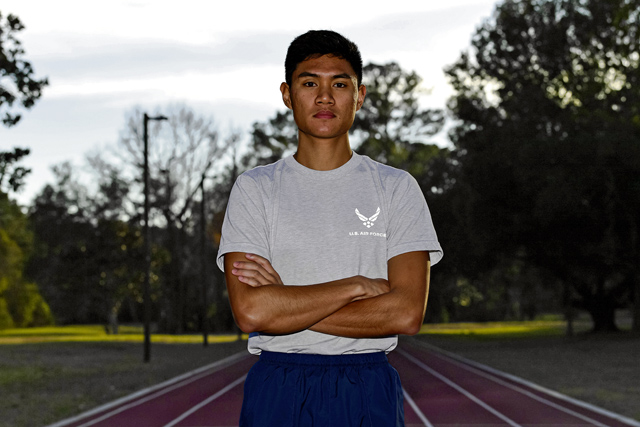
Joining up was a fitting decision. Cabanero grew up at Nellis Air Force Base,NV, where his dad was stationed for most of his own 20-year Air Force career. Several of his other family members have served in the Air Force and Navy, too.
Cabanero’s current role as a combat camera photographer fits well into his active lifestyle. The soon-to-be 25-year-old ran his first marathon in high school at age 17 and — after having helped a Marine run an ultramarathon called the Badwater 135, known as “the world’s toughest foot race” — he’s working up to running the same event someday.
So, what motivates this hard-charging Airman? He tells us below.
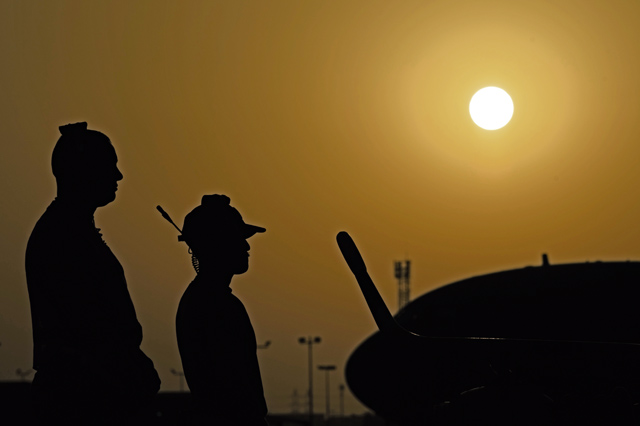
How did you get into photography and combat camera?
Public affairs and photojournalism were 13th out of 15 on my job list when I was waiting to ship to basic military training. I chose photojournalism as sort of a joke because I thought, “Nobody gets that job, but wouldn’t it be funny if I got it?”
Once I got the call from my recruiter that I was contracted to be a photojournalist … I figured combat camera would be a good fit for my active lifestyle, so I made it my goal to be assigned there. Typically, combat camera is a volunteer-only E-5 assignment. But with a bit of luck and being at the “right place, right time,” they had four spots open to tech school airmen. I volunteered, received a letter of recommendation from an instructor, and went through an interview board. I received the nod and traded in my original assignment to Scott Air Force Base to come to combat camera at Joint Base Charleston, South Carolina.
Describe your job’s responsibilities.
My primary responsibility is to provide senior DOD and joint leaders with imagery in support of strategic, operational and planning requirements during wartime operations, worldwide crises, contingencies, joint exercises and humanitarian operations. In essence, what I do is capture photo or video imagery in order to show what happened during that mission or operation. Wherever the Air Force goes, I stay ready to capture the story in its entirety.
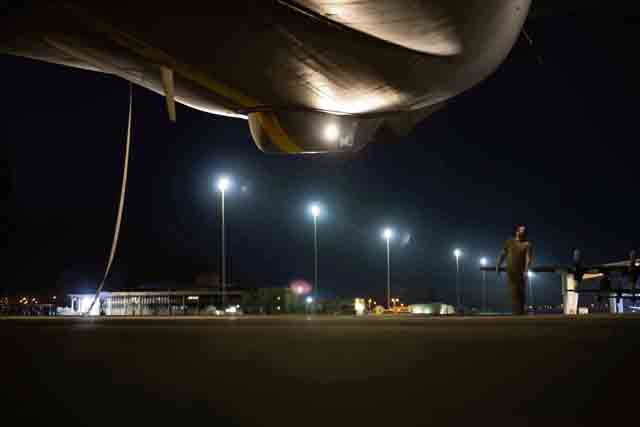
What are some of your favorite subjects to photograph, and why?
My favorite thing to do on a weekend is to go to a zoo, aquarium or park and photograph the animals there. They make for great subjects and aren’t camera-shy like some people. As for military imagery, I love taking portraits and creating feature stories in the different places I travel to. I love taking a break from the fast-paced, uncontrolled action that are most combat camera missions and taking the time with my subject to really tell their story.
What appeals to you most about military life?
The countless unique experiences that only the military can offer, such as temporary-duty assignments and deployments. Some days are spent in the office, some days are spent in the field, and some days are spent in the air. As a member of the 1st Combat Camera Squadron, I get the opportunity to see the numerous capabilities the Air Force and her sister branches have through the lens of my camera.
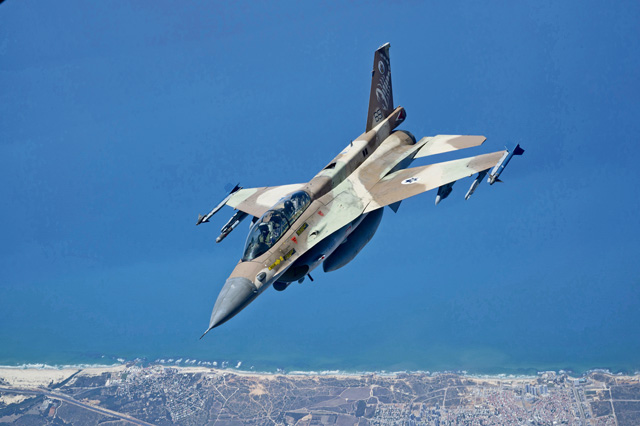
You were in the marching band growing up. In what ways did that help you prepare for the military?
My passion has always been music. Before the military, I was a music education major at the University of Las Vegas and a marching band technician at a local high school. In college, I participated in an activity called Drum Corps International that changed my life. DCI is hard to explain, but in essence, it’s competitive marching band, and it helped me in preparation for military life and boot camp. I learned how to persevere through long, hot rehearsal days, and it taught me invaluable lessons in grit, passion and what it takes to pursue excellence.
You also mentor high school marching band students. Tell us about that.
I spend my time after work mentoring students at Wando High School because I absolutely love helping them achieve their goals in the activity that has taught me so much. What’s most fulfilling to me is seeing the students grow, whether that be in their confidence, technique, skill or — most importantly — as a person. The activity is so much more than just instruments, flags and a field.
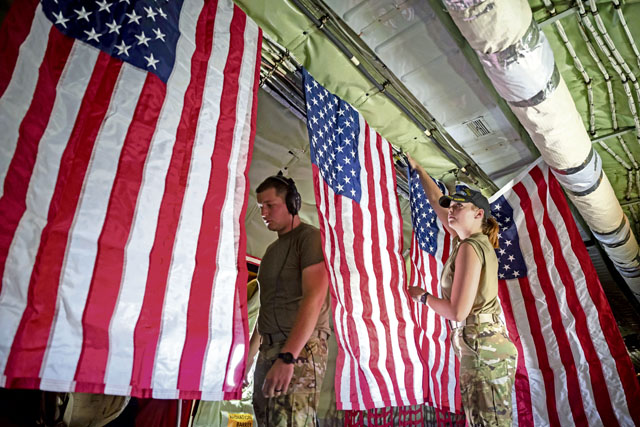
You’re an avid runner, too. How important is it to you to stay in shape?
My physical fitness is paramount in my daily life. I participated in track and cross country in my childhood, and it’s something that has stuck around. Pushing myself to my physical limit and beyond what I think is possible is what excites me. I can always become more efficient or train my body to endure what I ask of it.
Distance running, in particular, is what I love. In the start of a training season, I can barely manage 10 miles per week, but by the end, I can comfortably run upwards of 40 miles per week. I love seeing my progression and knowing that if I keep at it, I can make it happen. In that way, running is my metaphor for life. I am a lifelong runner, and running is a part of my identity.
How would you describe your military experience to date?
My military experience has been almost picture perfect so far. It has challenged me physically and emotionally, but I wouldn’t have it any other way. I honestly believe that, as a combat cameraman, I play an important role in the DOD mission, and I love it. I have a dream assignment, and I’m letting life take me on a roller coaster ride.
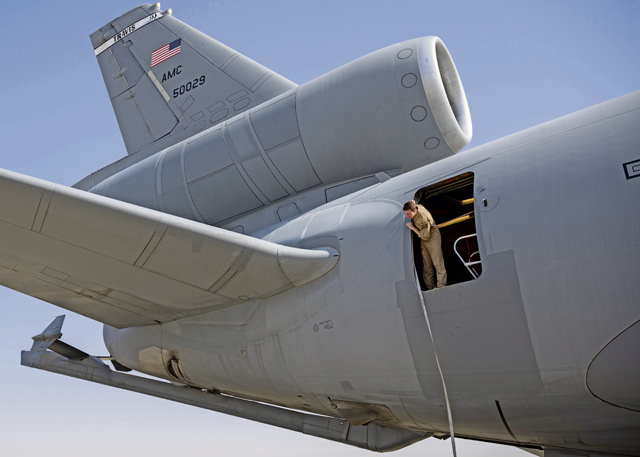
What goals do you dream about in the long- and short-term?
My goals include becoming a member of the Air Demonstration Squadron Thunderbirds. When I was growing up as a dependent at Nellis, I would constantly see the Thunderbirds roaring through the sky in preparation for their show season. I remember working at the commissary and seeing the sleek Thunderbirds uniform and thinking, “If I were to join the Air Force, I want to be like them.”
My long-term goal would be to ultimately commission into the Air Force for the long-term. I would love the opportunity to lead and leave a positive impact on a greater scale. I would also love to return to college. … I’m leaning toward finishing a degree while serving on active duty and seeking an Officer Training School slot.
What words of wisdom do you have for potential recruits?
Take the jump into the unknown. You never know what opportunities may come your way.
Rely on your wingmen, because without them, you cannot go far. If you go the extra mile for someone, they are more likely to do the same for you.
Have fun and roll with the punches. As long as you can stay optimistic and have a smile on your face, the days won’t seem as hard.
What other hobbies or interests keep you occupied when out of uniform?
My other hobbies include hiking, traveling and spending time with my family and significant other. I enjoy traveling to new cities and trying out their local signature food.
Tell us about what your family’s support means to you.
I come from a military family. We all understand the sacrifices that military members and their families have to make, so it’s comforting knowing they’ll be supporting me throughout my time in the Air Force. Making my family proud is what makes me happy. They are a big reason why I can achieve so much.
Cabanero once “crewed” for a Marine during a 135-mile ultramarathon! Read about that intense experience.
I assisted Ben Blessing, a former Marine and current member of the 25th Army Band with the Idaho Army National Guard, in completing Badwater 135 in the summer of 2019. Badwater is a grueling 135-mile ultramarathon held annually in July, beginning at Badwater Basin (in Death Valley, California) and ending at the Mount Whitney, (California,) trailhead. Badwater is the lowest point in the lower 48 states, and Mount Whitney is coincidentally the highest point in the lower 48. To make things harder, Badwater Basin is also the hottest place in the lower 48, especially in July, where temperatures regularly stay above 125 degrees Fahrenheit.
How I met Ben was a funny story. I was a commissary bagger at Nellis, and I saw someone with a (Badwater 135) hat. I knew of the race because of how infamous it is. I struck up a conversation with the person, and they mentioned how I could get involved by joining a Facebook group for those looking to volunteer. Ben posted that he’d be arriving in Las Vegas and was looking for an additional crew member who wouldn’t mind if he practiced his trombone. As luck would have it, I also play trombone. It was a perfect match.
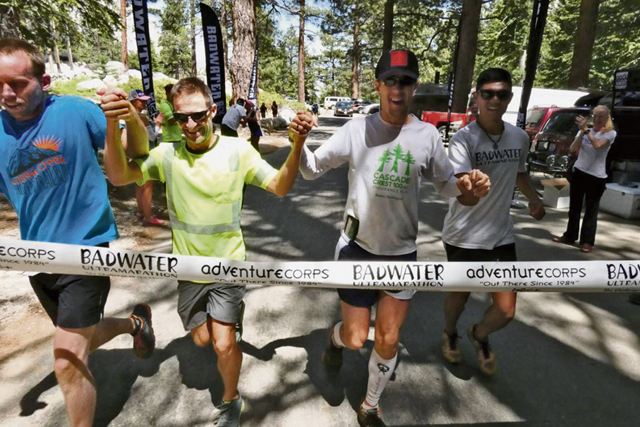
“Crewing” at an ultramarathon means a bit of everything. It includes driving the van, pacing the runner, preparing food and electrolyte drinks and keeping the runner company during seemingly endless miles. Ben and I ended up performing the national anthem together at the start of the race. He finished in just under 40 hours.
That race was a monumental moment in my life. I couldn’t believe I watched him run 135 miles. I took that to heart and told myself, “If Ben could do it, why couldn’t I?” A lofty goal of mine is to become an ultramarathoner, run a 100-mile race and ultimately run Badwater 135. I still have a great deal of progress to make, though. My next race is the Marine Corps Marathon this fall. The road to Badwater 135 is still far away, but I have full faith in myself to get there slowly and steadily.


